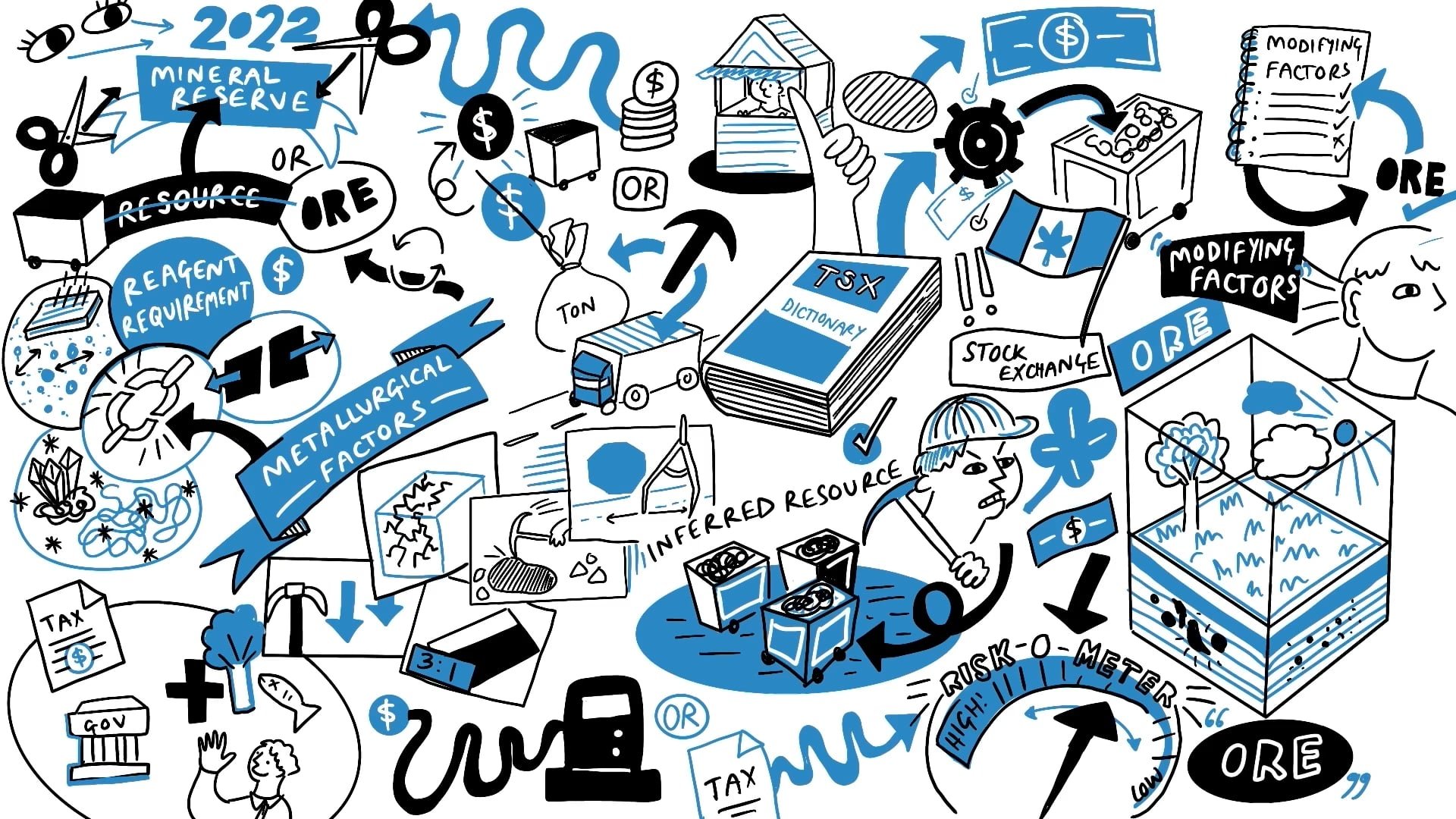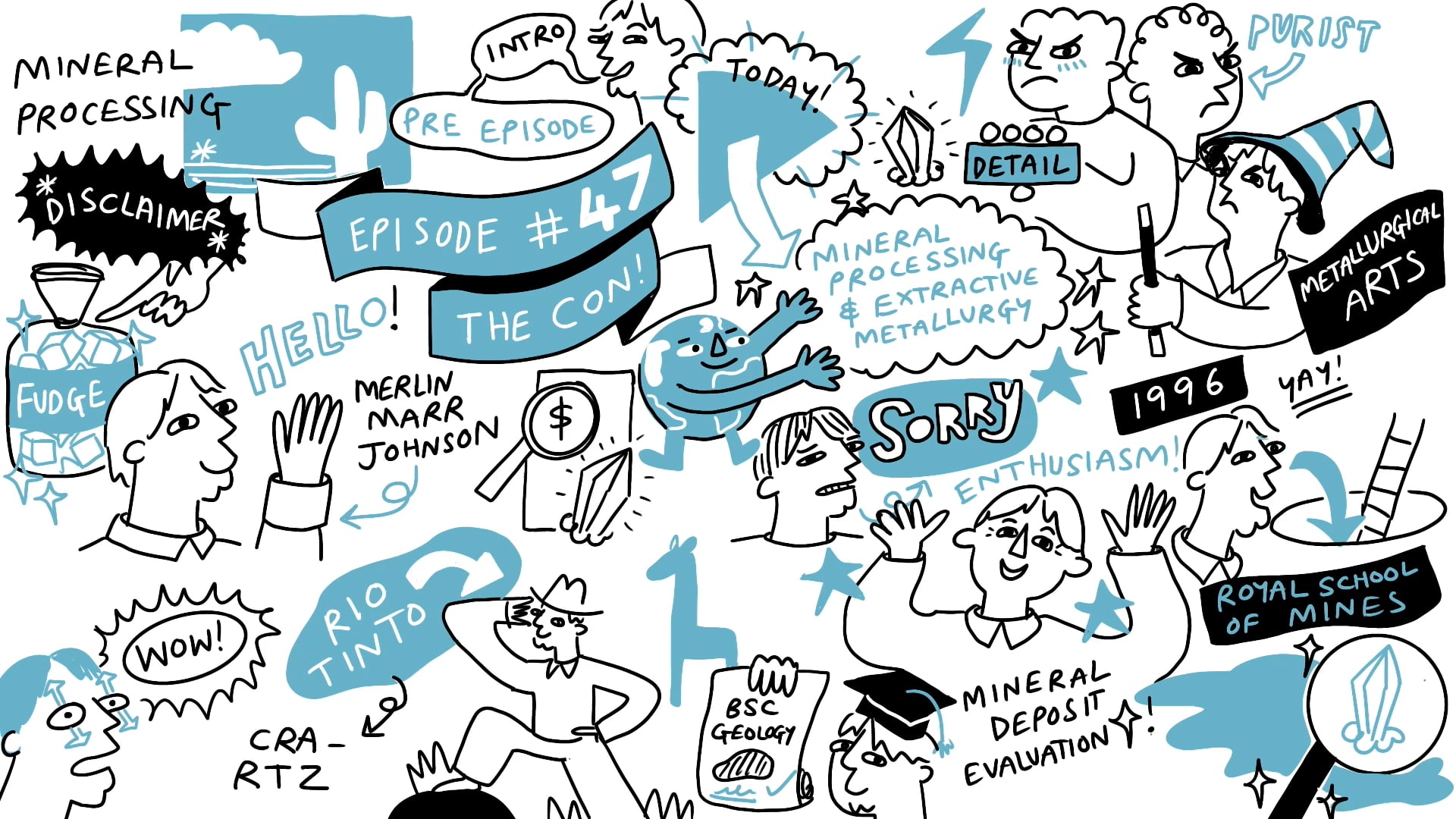An Introduction to Funding

More episodes
Transcript
When evaluating a company, the first thing that I look at is the funding. I look up the ticker. I look at how big the company is. I look at how many shares are out, the share price and its cash position. It's fundamental to consider the size of a company, how well-established and how mature it is.
A feature of the resource market is that it's easy to create a company, it is easy to get going, but it's much harder to survive and to thrive.
The smaller companies have got greater rewards associated with them as it's much easier to get a USD$5M company to increase in value to USD$50M, than it is to get a USD$50M company up to USD$500M. You're more likely to get your 10-bagger on a small company, but equally, there's a much greater chance that a smaller company won't thrive. You're going to have more failures, but the few successes you do have will be the bigger reward. It’s a classic risk-reward analysis.
On the funding episode, we will cover:
- How dilution happens
- The cash flow of junior companies
- How they get financed
- How the management pay themselves
- Typical capital structures
- How brokers work with them
- The compromises and the promises that the smaller companies need to make to institutional investors, private equity and high-net-worth individuals.
- How deals are made
- The bargains that have to be made in order to get to the next stage and how to avoid this
- How some companies can self-fund
An absolutely crucial first step is to look at how is a company evolving. That's for the very junior end of the spectrum, then when one goes through to a more mature company, how is it going to fund the next stage? Where has it got to in terms of its market capital development?
For example, how can a company with a market capitalization of USD$100M, but with a CAPEX requirement of USD$500M-$1Bn for its project navigate that step? What options are available to that company? What are the risks? All of these aspects will be covered in the episode on funding.









































.jpg)
.jpg)
.jpg)
.jpg)























